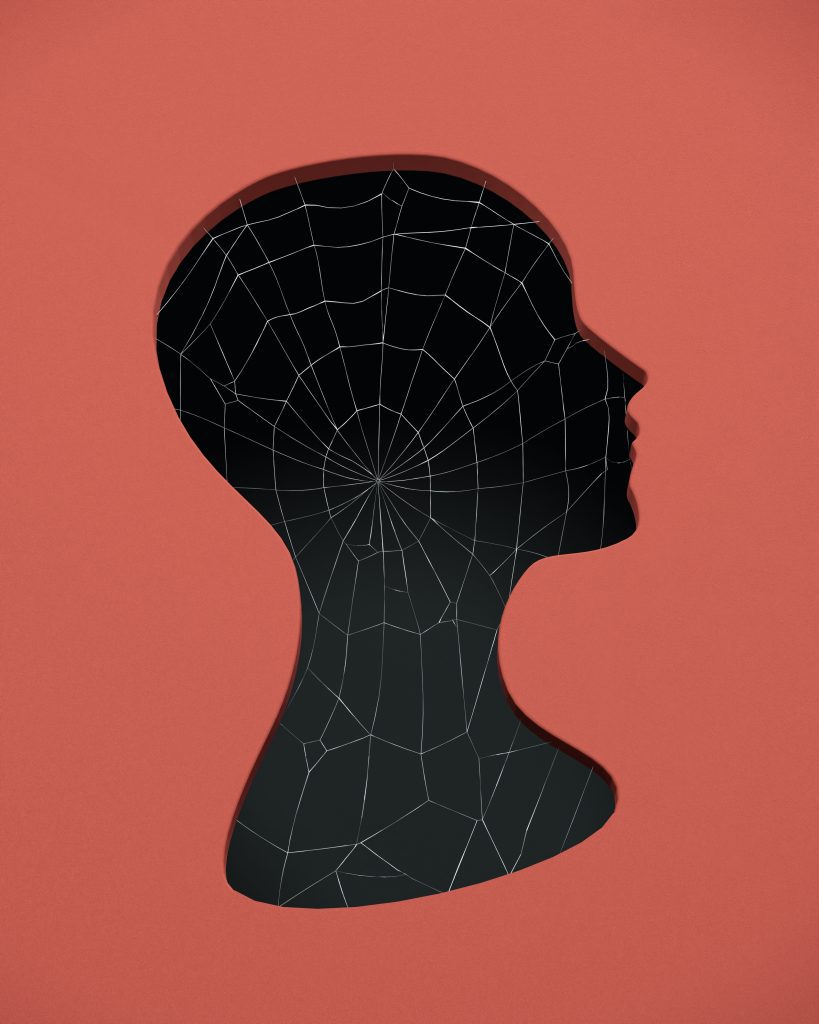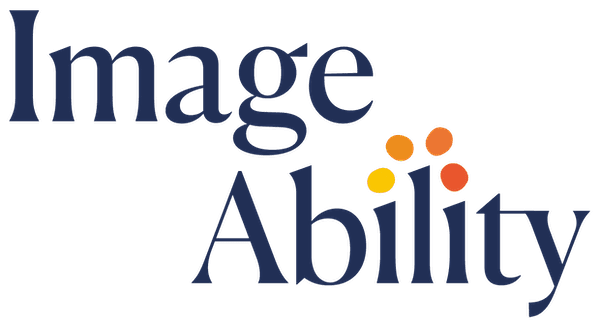What is your recipe for Presence? part 2
Stories and Reflections on Presence
Being present – personally, socially, and professionally, as is being well, is as personal a recipe as ever. Human energy is what connects our personas . . . and us all (or not!).
In the following examples, there is no clear distinction between the three interpretations of presence – as is the case for how real human beings function; you can’t get the professional out of the human or the social person out of the professional! So, organisations working with their ERS, ESG and DEI initiatives aim to enable individuals – as social people and professional beings – to be fully integrated.
I advocate three threads of thought here: well-being, authenticity, and synchronised action.
For most, both as individuals and organisations, being well is synonymous with being present (indeed, personally, socially/economically, professionally, politically, etc); this means feeling safe and calm whatever happens. Consider crisis management momentarily; you cannot make it without all these levers.
For others, presence is about feeling aesthetically expressive and authentic. Specific industries and creative professions value this highly and more visibly. But authenticity has been taking centre stage across industries: for some, this is yet to manifest beyond lip service, which, even within itself, is progress. We recognise leadership as we see authenticity articulated in personal growth plans (even in the more conservative financial services). To me, authenticity in leadership is a sum of self-awareness (strengths, limitations, and emotions), willingness to be open, and courage to act.
A personal observation: Regardless of industry, those involved in entrepreneurial activities seem more open and naturally synchronising physical and mental activities. Working out the cash flow, disrupting the status quo or securing a challenging customer requires reflection, action and learning to fail – often in a loop, which sometimes loops continuously. An entrepreneurial thinker is more likely to hear their logical side asking, ‘What’s the point of being impeccably self-aware unless you are going to do something about it’?
So, what do we do with presence? We keep it in good condition and agile: personally, socially, and professionally – in any order that we feel is required at that time. The beauty of life and humanity is that it is so varied and changeable; our presence is at our core because it is how we see ourselves. This will influence how well we are and behave socially and professionally.
Our presence toolkit? Background and personality; culture, educational attainment and aspirations; relationship with art and beauty; etiquette, talent, and struggles: we always have them with us, and they are uniquely ours.

Let me take you a bit East:
Life is a stage
There is nowhere I see my puzzle pieces better than when I visit my old school once a year. Regrettably, I can only see it from the outside as this remarkable piece of history going back to the 13th century awaits big investment decisions. It was a very dynamic learning place until a few years ago. As pupils, students, and professors, we were buzzing in the classroom, the garden, the crypt (spookily exciting) and brimming with passion on stage for one day a week. Talk about privilege!
It is that privilege that has helped me improve my personal, social, and professional life; what I learned then in the classroom, in the ‘chancellery’ and on the stage, I have been applying ever since. It still helps me understand how teams relate to their leaders and the luxury of invested mentors. Some things will never change: being well, aware, empathetic and present influences everything. Learning that leadership doesn’t always dictate that one must say (and do) what everybody wishes to hear to be liked. Instead, it is how we challenge others’ ways of thinking and doing things most likely to make a difference. In the end, people remember our human energy – or presence.
So, I found it humbling to be reminded by a former colleague of how he used the ‘what would she do now’ question to keep him working to secure a new customer when a breakthrough seemed almost impossible. One of the things I was teaching then was: ‘If they show you the door, you can always come back through the window’ as a localised version of ‘Learn how to speak for yourself’.
The sweet spot of 1%
In both personal and professional life, birds of a feather tend to flock together; this doesn’t mean that the common ground needs to be at least 50%. For humans to connect a mere 1% of the sweet spot of shared interests is more than enough for impact. The seed relates to just one of the multitude of dimensions that we have as individuals when transitioning from one stage to another. However, in most cases, the challenges start with personal presence, self-image and inner aesthetics. So pursuing each 1% of the sweet spot is worth 100+ towards a sustainable presence.
Being well and present is about fine-tuning our ability to edit and manage our personal presence ‘recipe’ as we go. We are being aware of our needs and those of others, listening, pausing, taking the next step, and making sense of what works for us while also helping others expand their horizons. It is not easy, but treating barriers as reasons for breakthroughs is a learnable ability; in the process, you’ll surely learn to manage your image. Then, it is up to every one of us if we choose to blend in or stand out.
The luxury of presence
I met a CEO who had spent two years re-learning to breathe; she still cannot relax or meditate. Somehow, she had ‘lost it’ (her presence) somewhere. Despite her high-profile job, modern life’s conveniences, and expensive holidays, she had lost her meaning and the joy of life. So, for now, her connection to her environment has become purely physical while she is learning new ways to reach out to her inner aesthetics and recapture her presence. It’s hardly surprising to witness her team’s struggle as they experience an unsustainable energy transaction; no value is exchanged. When more creative alternatives for re-connection are not encouraged and tried, that disconnect deepens, leading to a lose-lose situation, which becomes truly painful.
Trees vs pavements
Research and direct experience demonstrate that urban environments are the least conducive to finding and maintaining one’s presence. I remember starting as an 18-year-old student in a city with a few million people: it was ten times bigger and almost different culturally from where I had grown up. Despite having studied psychology and pedagogy and then being immersed in studying world human geography, being naturally enthusiastic, and contributing to many extracurricular activities, I felt like a stranger in that big city for a long time. But that was very normal according to anthropologists who tell us that we are not designed to meet hundreds of people daily! So, my instinctive approach was to risk it out rather than retreat for safety into a poorly lit room. I used to take a tram every weekend from the start to the terminus and back – and I still remember some of the conversations I had on those journeys.
It took about a year of dodging through a concrete jungle to create a mental map of where people were coming from and going to; once I did that, I felt I had eventually ‘arrived’ in the big city. It made me even more curious about how diverse it was, so I became increasingly present while the discomfort of the unknown eased off.
This taught me that it was possible to ‘own’ my place even in a big, ill-lit city by connecting with one new route at a time in that pre-mobile telephone era. Such were the wonders of youth and heightened senses at a time of modest material living, with limited distractions from seeing, listening, and understanding the world.
With current work and lifestyle patterns, re-gaining lost presence is more effective when connecting with nature, ideally in a rural environment. Who hasn’t found it challenging returning to pavements after living amongst trees for a while? Or listening to somebody talking ‘from books’ about storms after you have just experienced being in the storm of storms?
No wonder many busy mums admit that they are present when they walk in nature – as well as when taking a nap, watching the clouds for a few minutes, or just eating alone. That’s when they feel present and connected with themselves – safe, well-rested and supported.

I have not heard any women (yet!) advocating entertainment or technology to increase their productivity in support of their presence.
All of this puts the responsibility on the shoulders of those who teach, train, mentor, consult and guide to do it from the deep knowledge of curated experiences of presence and breakthrough. Authentic experience is required to make a difference.
So, what do you have in your (integrated) presence ‘recipe ‘? Think of it this way: what do you want first and foremost when you need to stay well, connected and energised? What gives you your energy back?
Think beyond, underneath and above a four-generation family: purpose, love, joy, friendships, an ambitious team, or chocolate – as unconditional as any of these may be.
I get my presence from rocks, a fast river, a tree at my fingertips, writing, a concert, dancing on a hot roof, sharing the food I cook with others who savour it, wearing colour . . and occasionally, floating on salty water. I cannot have them all at once, but I perform better when one or more are close.
I firmly believe we should not talk mindlessly and formulaically about well-being – whether in ERG, DEI groups or with our loved ones at home; it is far too personal to be connected, listening, and empathising with others. Our presence and our self-image are not an external, off-the-shelf recipe. And the good news is that we all have a presence . . more often than we think, one is waiting to be further developed.
Yes, women and men colleagues: please give it serious attention and patience and use it as a critical friend – and what you find will help you back. Don’t be put off if it takes longer than you imagine – it is worth doing the work. You feel it through your body, mind, heart, and voice when you are present. Then you can change anything you need to with more ease, and your world does become your own. Your presence is not only functional, beautiful and unique but also transformative.
